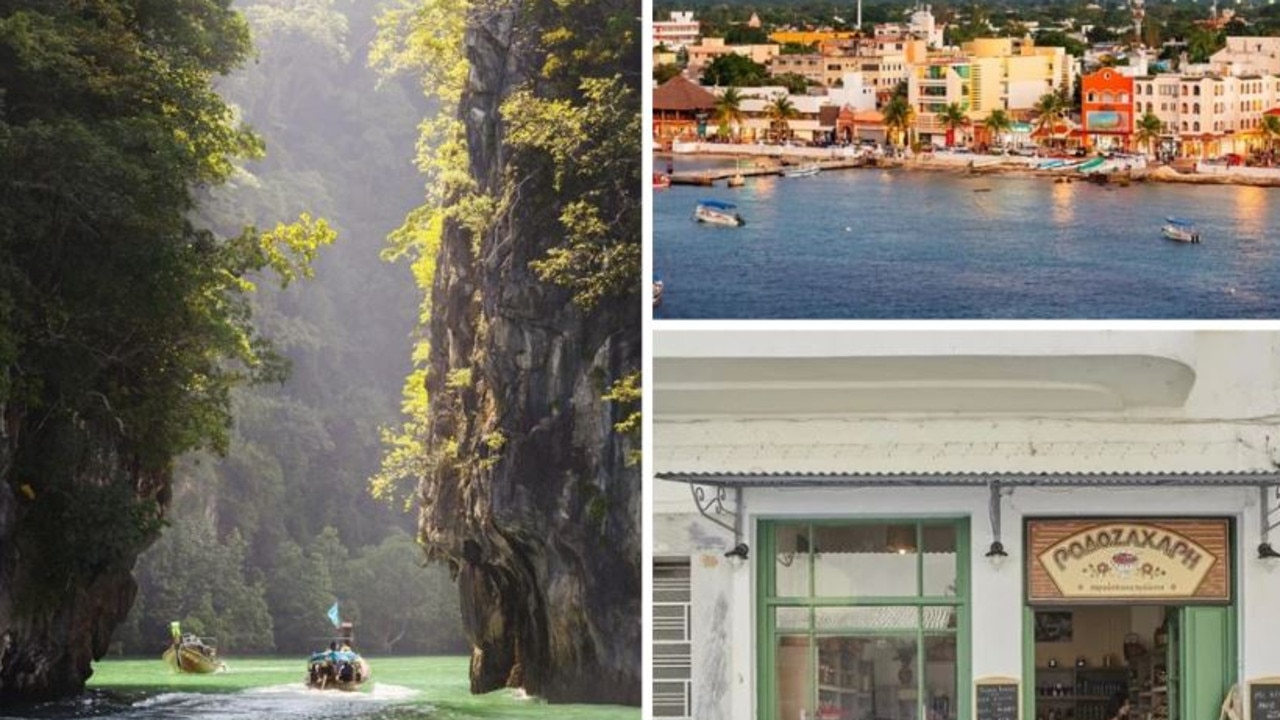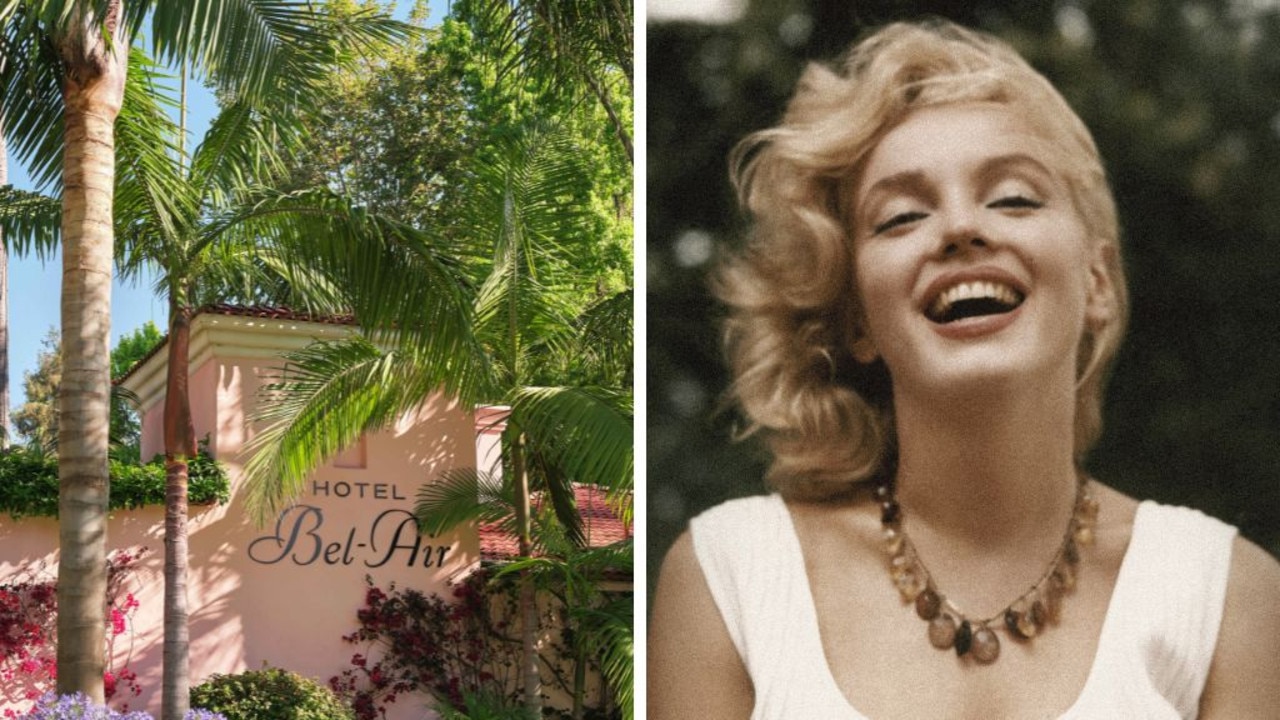Mountains and mutts in Anchorage, Alaska
ANGELA Saurine joins elite designer dogs on a hiking trip and annual sled race in Alaska's largest city.

AS THE home of North America's tallest peak, Mt McKinley, Alaska, is a natural drawcard for mountaineers.
When I arrive in the lobby at the Hilton Hotel in Anchorage, a group of men is saying their goodbyes and backslapping each other, congratulating themselves after a successful summit of the mountain, a few hundred kilometres north.
I come close to sharing the lift with a suntanned, bearded young climber, but it takes too long to come and, naturally, he takes the stairs instead.
Climbing Mt McKinley is not on my itinerary this time around, but I decide to head out on a hike to Flattop Mountain, a few kilometres outside town. The route is the most popular and accessible in all of Alaska. It's a two-hour hike to the plateau.
We take regular rest stops to take in the views.
We pass countless lilac, pink and light yellow wildflowers and see snow on mountain peaks in the distance.
The last section is a steep, two-handed scramble up rocks.
I'm surprised to see a couple making the trip with their dogs, who seem a bit hesitant but soon fly past me on their way to the top.
Anchorage is Alaska's largest city, with a population of about 300,000.
But it has a small-town charm, with moose often eating rose bushes in people's frontyards.
One of the things it is best known for is being the starting point of the annual Iditarod dog sled race. The race covers 1049 miles (1688km) because Alaska is the 49th state to the old gold rush city of Nome on the west coast, now a ghost town.
The race is the longest sled dog race in the world and is named after the town Iditarod in the state's interior.
At one point it was the third largest town in Alaska and everything came in and went out by dog sled.
Dog sledding had a major boom in the early 1900s as it was the best way to get from A to B during the gold rush.
But the dogs were slowly replaced by snowmobiles and planes and the race started in 1973 in an attempt to keep the tradition alive.
The race is a major part of Alaska's culture, so I head along to Seavey's Iditarod Show to find out more.
I had been a bit sceptical before attending the event, involving a dinner show followed by a performance by the dogs, but I find it thoroughly entertaining.
Our host for the evening is Dallas Seavey, who became the youngest person to win the Iditarod in March at the age of 25.
It took him nine days, four hours, 29 minutes and 26 seconds.
His grandfather raced in the first Iditarod in 1973 and his dad won the race in 2004.
Dallas is a born showman, and to say he is passionate about the Iditarod is a understatement.
He will happily sit down with you at dinner and answer any questions you have about the Iditarod in fact, once he starts, he doesn't stop.
He starts the race with 16 dogs and aims to finish with eight, leaving the tired dogs behind at checkpoints to be sent home.
He starts with older, slower dogs at the front to pace them and usually has one dog in the sled resting with him for the first half of the race.
The youngest, fastest dogs are saved for the end, and the most powerful dogs are put at the rear. But largely, the decision on where each dog is put is based on who they get on with. He needs an obedient dog in the lead, and stubborn dogs in tough conditions.
They are designer dogs, bred especially to compete in the Iditarod.
About 40 volunteer vets are stationed along the trail to examine the dogs at three checkpoints.
They check the dogs' heart and lungs to ensure they're not going to get pneumonia.
About 70 to 75 teams compete in the race.
They cover about 209km a day on average and often get one or two hours' sleep a night.
Every musher is required to stop for 24 hours at some point.
Alaskan huskies are often incorrectly portrayed as big and fluffy malemutes in children's movies.
Malemutes are bred for looks, not speed and strength. Real Alaskan huskies are bred to thrive in the cold and love pulling things.
The show consists of mini races, dog tricks and performances showing how they train dogs.
But the highlight is at the end, when you get to meet the dogs and hold the adorable puppies.
Another place worth a visit is the museum, where you can see native American artefacts.
There are waterproof coats made from seal or whale intestines, a parka made of birds and baskets made of fish skin.
At Alaska Native Heritage Centre, you can walk through traditional houses and see performances about such things as seal hunting, male cranes battling for native rights and "the walrus dance".
Go2
ANCHORAGE
- Getting there
Virgin Australia flies from Sydney to Los Angeles, with connections to Anchorage on Alaska Airlines via Seattle. Ph 136 789 or see virginaustralia.com
- When to go
The Iditarod starts in the first weekend in March each year and you can bid to ride in a sled. The summer solstice on June 21 is also a great time to visit, with people camping on Flattop Mountain.Staying there Hilton's Anchorage hotel is close to the train station.
See hilton.com
Other options include the Hotel Captain Cook, Copper Whale Inn B&B and the Historic Anchorage Hotel.
More: travelalaska.com



